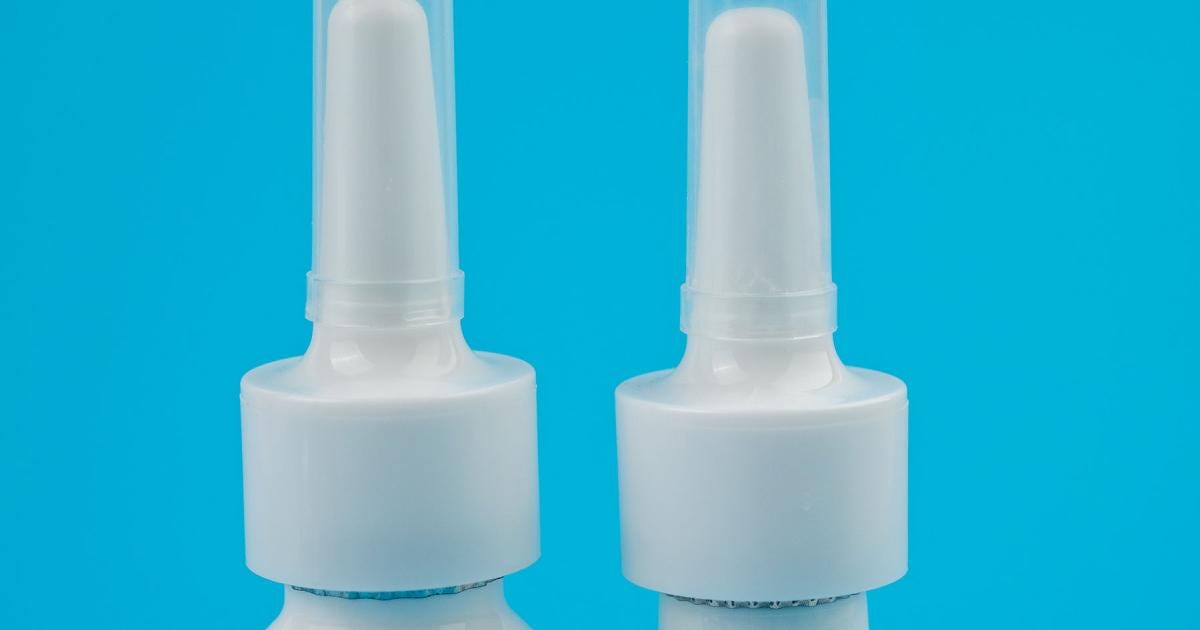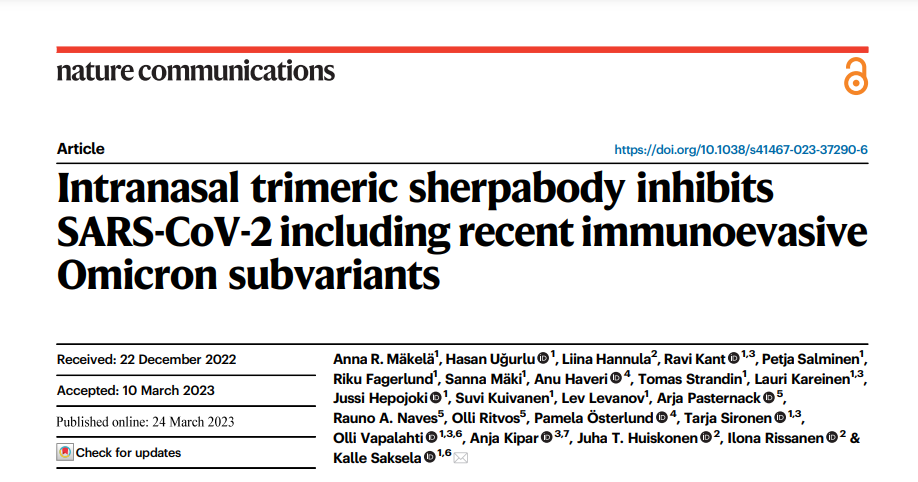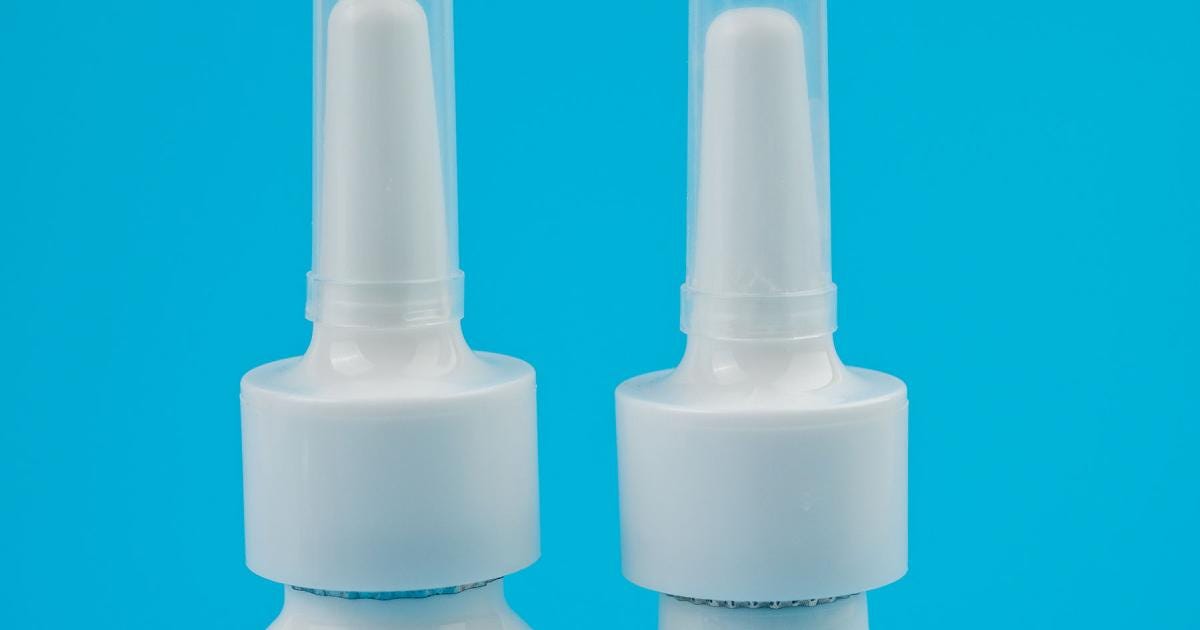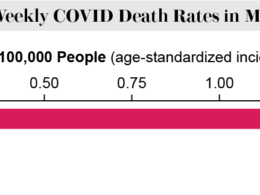the health strategist
research and strategy institute for continuous transformation
in value based health, care and tech
Joaquim Cardoso MSc
Chief Researcher and Editor of the Site
March 26, 2023
EXECUTIVE SUMMARY
Researchers at the University of Helsinki have developed a molecule known as TriSb92, which has been confirmed to be highly effective in protecting against coronavirus infection in laboratory animal studies.
- When administered nasally, the molecule can prevent infection and inhibit the functioning of the spike protein of the virus.
- It has been found to be effective against recent immune-evasive variants and can remain functional at room temperature for at least 18 months, making it suitable for use as a nasal spray.
- The molecule could also work against future animal-borne close relatives of SARS-CoV-2.
- Moreover, the nasal spray can protect those people from serious disease who do not gain sufficient immunity from vaccines, such as immunocompromised individuals and elderly.
The next stage involves testing the molecule in clinical trials for commercial use.
The sherpabody-technology used in developing the molecule is also applicable to preventing other viral diseases.
Successful commercialisation could lead to the creation of a thriving Finnish business.
DEEP DIVE

A nasal spray protects against coronavirus infection — Effective also against recent immune-evasive variants
University of Helsinki
In laboratory animal studies, a molecule known as TriSb92, developed by researchers at the University of Helsinki, has been confirmed as affording effective protection against coronavirus infection.
The molecule identifies a region in the spike protein of the coronavirus common to all current variants of the virus and inhibits its functioning.
“When administered nasally, the TriSb92 molecule is extremely effective in preventing infection, and experiments carried out in cell cultures indicate that it also encompasses the very latest variants, including XBB, BF7 and BQ.1.1,” explains Postdoctoral Researcher Anna R. Mäkelä from Professor Kalle Saksela’s research group.
Animal models have also demonstrated that, unlike face masks, the molecule can, when sprayed into the nose, prevent infection even after a few hours of exposure.
According to the researchers, the molecule remains fully functional at room temperature for at least 18 months, making it well suited for use as a nasal spray.
The results have been published in the Nature Communications journal.

Anticipation of future viral variants
While the worst stage of the coronavirus pandemic is, at least for the time being, behind us, nasally administered protection can be a crucial help in preventing the spread of the virus in the future.
“The latest variants effectively avoid the immune protection provided by both vaccines and the COVID-19 disease, and current vaccines are not effective in preventing transmission,” Mäkelä says.
Moreover, the nasal spray can protect those people from serious disease who do not gain sufficient immunity from vaccines, such as immunocompromised individuals and elderly.
Moreover, the nasal spray can protect those people from serious disease who do not gain sufficient immunity from vaccines, such as immunocompromised individuals and elderly.
According to the researchers, the molecule could also work against future animal-borne close relatives of SARS-CoV-2, which are expected to be the cause of entirely new coronavirus pandemics.
“Since the region in the coronavirus’s spike protein affected by the TriSb92 molecule has remained almost unchanged in all viral variants so far emerged, it can be assumed to be effective also against future SARS-CoV-2 variants,” Mäkelä confirms.
“The easily and inexpensively produced TriSb92 could be a very important first line of defence in curbing such a new pandemic, pending the development, production and distribution of vaccines,” she adds.

A copyable approach
According to the researchers, the sherpabody-technology used is also applicable to the prevention of many other viral diseases, particularly influenza and other respiratory viruses.
“The whole approach stems from a technical solution based on a binder protein platform developed in Finland, which was not originally intended for the development of an antiviral drug. It provides an opportunity for many other new initiatives based on the accurate identification of diseased cells or pathogens in patients,” Mäkelä says.
In the next stage, the molecule must be tested in clinical trials, after which it could be made commercially available.
“Successful commercialisation of the nasal spray could lead to the creation of a thriving Finnish business,” Mäkelä points out.
Article: Mäkelä, A.R., Uğurlu, H., Hannula, L. et al. Intranasal trimeric sherpabody inhibits SARS-CoV-2 including recent immunoevasive Omicron subvariants. Nat Commun 14, 1637 (2023). https://doi.org/10.1038/s41467-023-37290-6
Originally published at https://www.helsinki.fi.
ORIGINAL PUBLICATION

Intranasal trimeric sherpabody inhibits SARS-CoV-2 including recent immunoevasive Omicron subvariants
Nature Communications
Anna R. Mäkelä, Hasan Uğurlu, Liina Hannula, Ravi Kant, Petja Salminen, Riku Fagerlund, Sanna Mäki, Anu Haveri, Tomas Strandin, Lauri Kareinen, Jussi Hepojoki, Suvi Kuivanen, Lev Levanov, Arja Pasternack, Rauno A. Naves, Olli Ritvos, Pamela Österlund, Tarja Sironen, Olli Vapalahti, Anja Kipar, Juha T. Huiskonen, Ilona Rissanen & Kalle Saksela
24 Mar 2023
Abstract
The emergence of increasingly immunoevasive SARS-CoV-2 variants emphasizes the need for prophylactic strategies to complement vaccination in fighting the COVID-19 pandemic.
- Intranasal administration of neutralizing antibodies has shown encouraging protective potential but there remains a need for SARS-CoV-2 blocking agents that are less vulnerable to mutational viral variation and more economical to produce in large scale.
Here we describe TriSb92, a highly manufacturable and stable trimeric antibody-mimetic sherpabody targeted against a conserved region of the viral spike glycoprotein.
- TriSb92 potently neutralizes SARS-CoV-2, including the latest Omicron variants like BF.7, XBB, and BQ.1.1.
- In female Balb/c mice intranasal administration of just 5 or 50 micrograms of TriSb92 as early as 8 h before but also 4 h after SARS-CoV-2 challenge can protect from infection.
- Cryo-EM and biochemical studies reveal triggering of a conformational shift in the spike trimer as the inhibitory mechanism of TriSb92.
- The potency and robust biochemical properties of TriSb92 together with its resistance against viral sequence evolution suggest that TriSb92 could be useful as a nasal spray for protecting susceptible individuals from SARS-CoV-2 infection.
Originally published at https://www.nature.com












